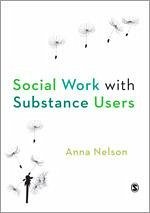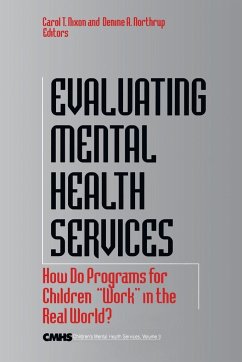
Improving Substance Abuse Treatment
An Introduction to the Evidence-Based Practice Movement

PAYBACK Punkte
63 °P sammeln!
This book is an attempt to bridge the gap between research on substance abuse treatment programs and what actually goes on in the field of substance abuse treatment. It is aimed at both the academic and practitioner market (as is Perkinson) and it clearly describes how to determine what evidence based practice is and it addresses some of the challenges that practioners and agency directors might face in implementing EBP. The book is well-written and highly practical. It contains two complete case studies that outline two examples of Evidence based practice which will be particularly useful in ...
This book is an attempt to bridge the gap between research on substance abuse treatment programs and what actually goes on in the field of substance abuse treatment. It is aimed at both the academic and practitioner market (as is Perkinson) and it clearly describes how to determine what evidence based practice is and it addresses some of the challenges that practioners and agency directors might face in implementing EBP. The book is well-written and highly practical. It contains two complete case studies that outline two examples of Evidence based practice which will be particularly useful in the course market.














